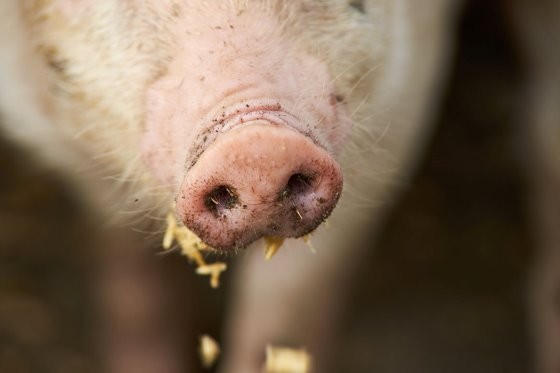Type a word to start your search

Type a word to start your search


The sense of smell and taste are important topics and are used in animal nutrition to stimulate feed uptake in young animals for example. A group of experts delved deeper into this topic at a symposium, organised by Kaesler Nutrition.
Sight, hearing, smelling, feeling and tasting. These are all senses that we – humans – and animals use to survive and to function. For eating, the sense of taste is very important as a bad or bitter taste is a warning that something is wrong with the feed/food. Most of the taste is done at the first entry point of the feed, the mouth. A human has around 5,000 taste buds, a pig even more (19,904). A cow’s tongue is the winner with around 20,000 taste buds. Taste is stimulated in farm animals, and is done on a regular basis in pigs, animals that are sensitive to how the feed tastes. Positive taste stimulation in pigs is especially important when appetite is suppressed, such as at weaning, disease state or after relocation and social mixing. Feed palatability could increase voluntary feed intake and therefore improve performance parameters, particularly in young animals (piglets and calves). Full article All about feed